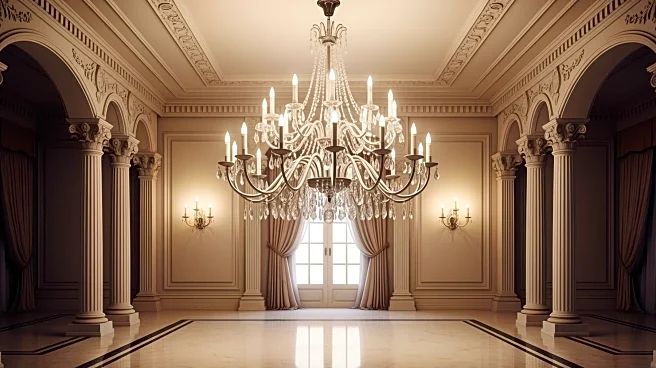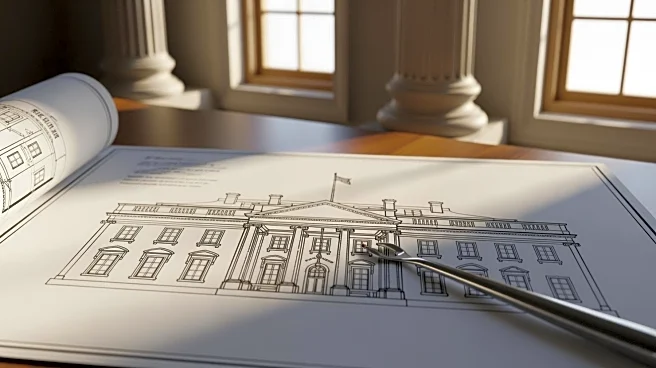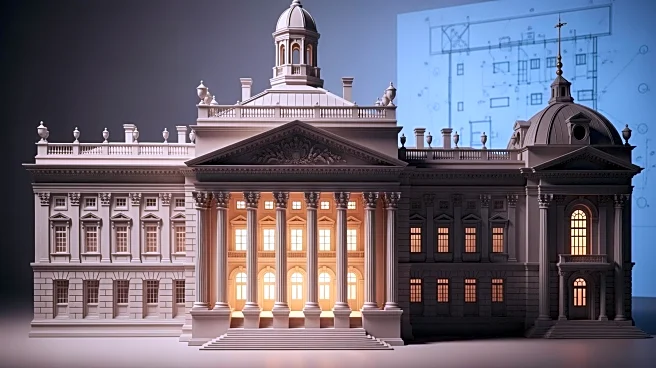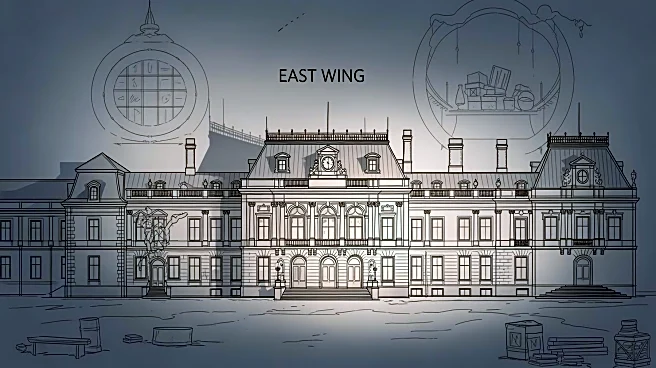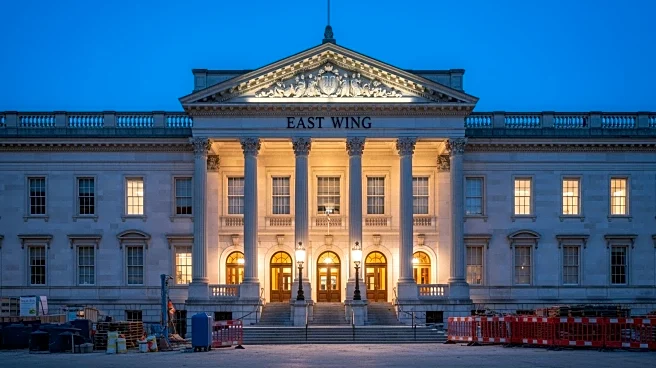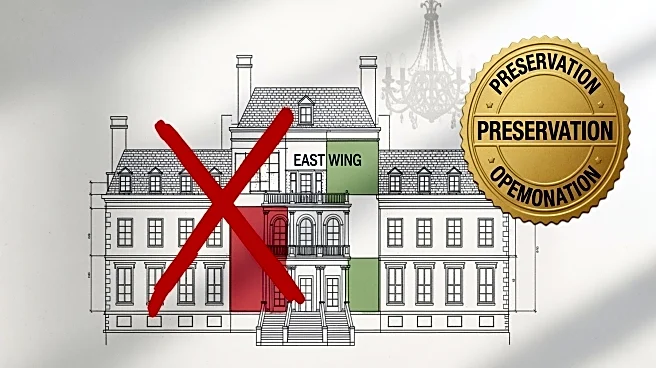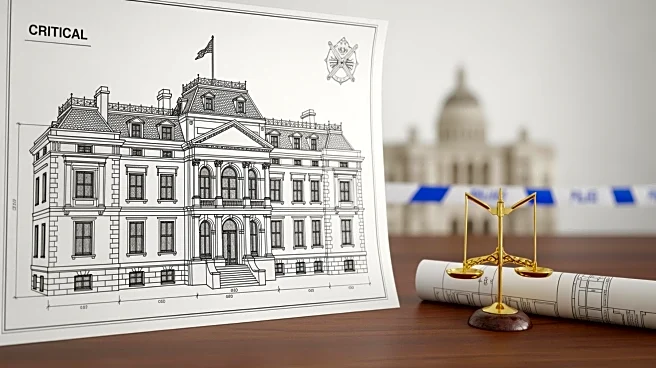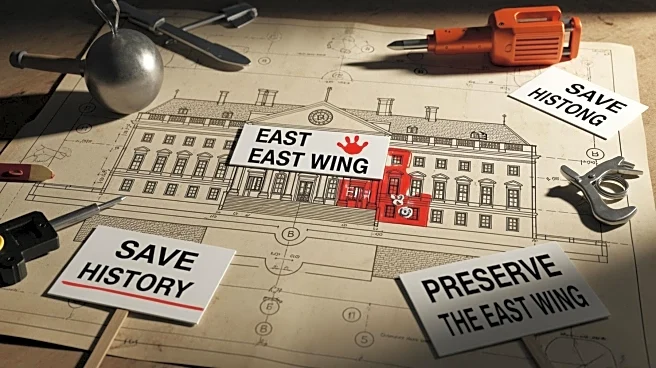What's Happening?
President Trump has initiated the demolition of the East Wing of the White House to construct a new 90,000-square-foot ballroom. This decision marks a significant alteration to the historic residence,
sparking reactions from historians, preservationists, and the public. The ballroom, estimated to cost $300 million, is intended to be privately funded by various donors, including YouTube, as part of a settlement. The construction has drawn criticism for its potential to overwhelm the existing structure and for bypassing traditional public review processes.
Why It's Important?
The demolition of the East Wing for a new ballroom raises concerns about the preservation of historic sites and the transparency of government actions. The project has been criticized for its potential impact on the architectural integrity of the White House and for the lack of public consultation. This development highlights ongoing debates about the balance between modernization and preservation of national landmarks. The funding sources and motivations behind the project also raise questions about influence and accountability in government decisions.
What's Next?
The National Trust for Historic Preservation has called for a halt to the demolition until a public review process is conducted. This could lead to legal challenges or delays in the project. The administration may face increased scrutiny from preservationists and political opponents. The completion of the ballroom is expected before the end of President Trump's term, but the controversy surrounding the project may continue to impact public perception and political discourse.
Beyond the Headlines
The construction of the ballroom reflects broader themes of power and legacy in political leadership. It raises ethical questions about the use of private funds for public projects and the potential for such projects to serve personal or political interests. The project may also influence future discussions on the role of historical preservation in government buildings and the extent to which modern needs should be accommodated.
